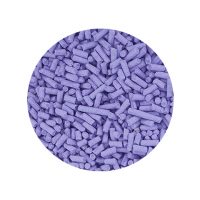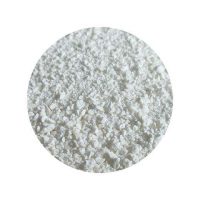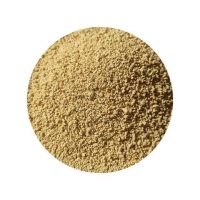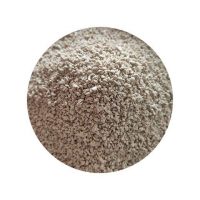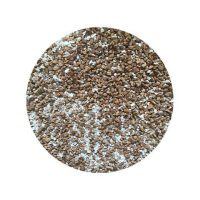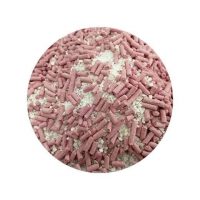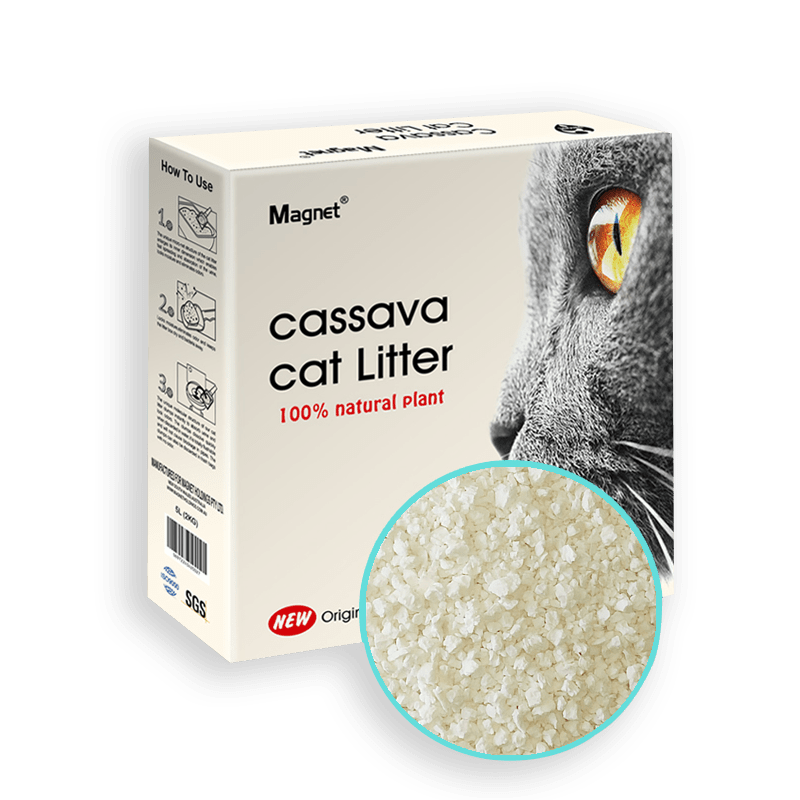Low dust Cat Litter
Low-dust cat litter is a type of cat litter designed to minimize the amount of dust particles released into the air. This is beneficial for both cats and humans, as it can help reduce respiratory irritation.
Get Low Dust Cat Litter to Delight Your Clients
We understand that clean air is essential for both pets and their owners. That’s why we offer a range of low-dust cat litter options to delight your clients.
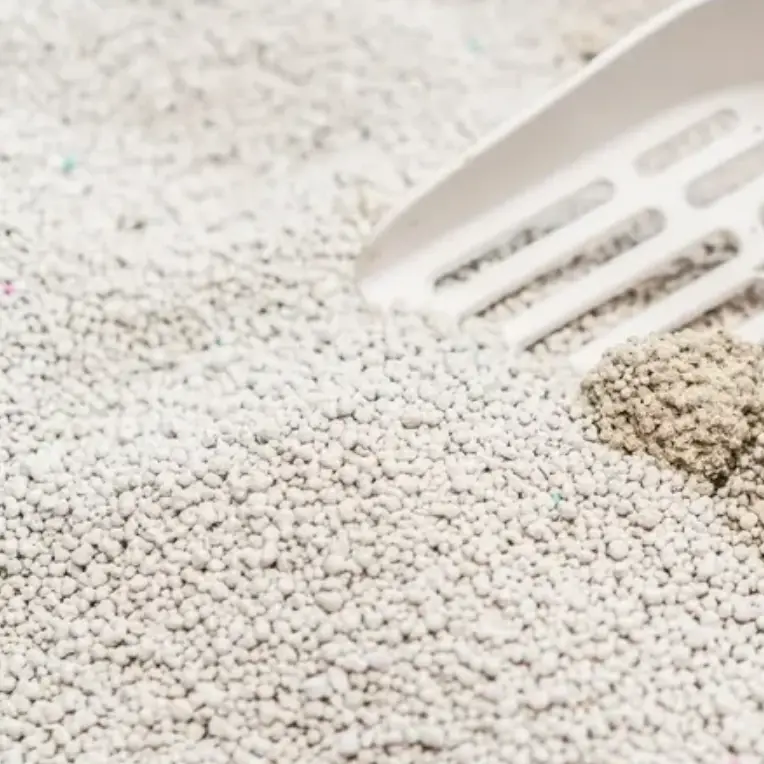
Clay-Based Cat Litter
Our innovative clay-based cat litter is engineered to minimize dust particles, ensuring a cleaner environment for your cat and your home. Enjoy superior odor control, strong clumping, and a gentle formula that’s easy on your cat’s paws. This low-dust solution offers a healthier and more pleasant litter box experience.
Crystal Cat Litter
Our premium crystal cat litter offers exceptional odor control and a virtually dust-free environment. Made from silica gel crystals, it locks in moisture and eliminates odors, keeping your home fresh and clean. This hygienic and convenient litter is perfect for allergy sufferers and pet owners who prioritize a clean indoor space.


Plant-Based Cat Litter
Our plant-based cat litter is a natural and eco-friendly solution for your feline friend. Made from renewable plant materials, it offers superior odor control, low-dust formula, and a gentle, paw-friendly texture. This sustainable choice is a healthier option for your cat and the environment.
Crystal Litter Cat Litter
Our premium crystal cat litter offers exceptional odor control and a virtually dust-free environment. Made from silica gel crystals, it locks in moisture and eliminates odors, keeping your home fresh and clean. This hygienic and convenient litter is perfect for allergy sufferers and pet owners who prioritize a clean indoor space.

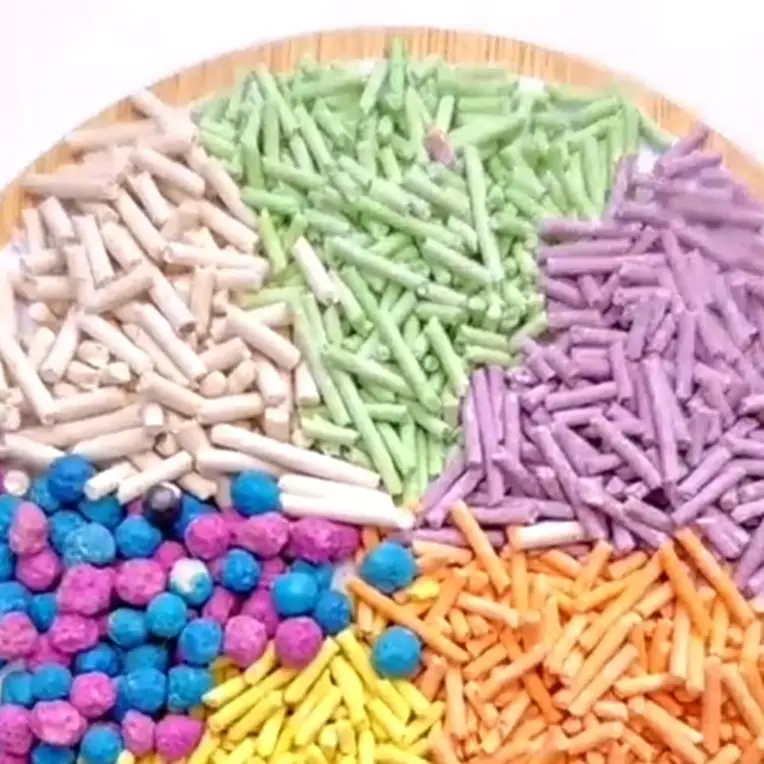
100 percent dust free cat litter
Our revolutionary 100% dust-free cat litter provides a cleaner, healthier environment for your cat and your home. Enjoy superior odor control, gentle on paws, and a completely dust-free experience. This innovative product is a game-changer in cat litter technology.

dust free clumping cat litter
We manufacture revolutionary dust-free clumping cat litter. Our innovative formula offers superior odor control, clumping technology for easy cleaning, and a completely dust-free experience. This eco-friendly product prioritizes the health and comfort of your cat and your home.
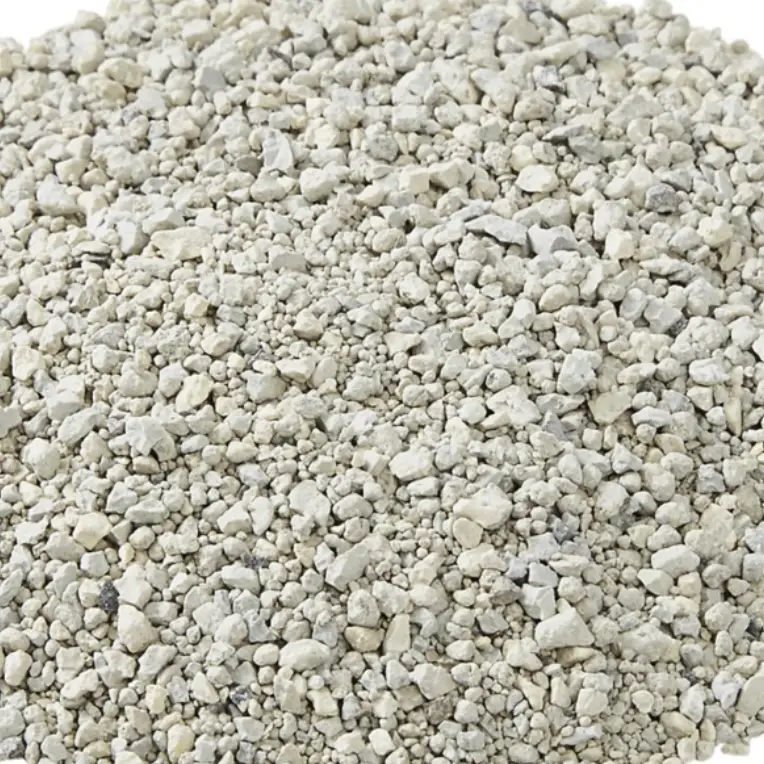
low dust unscented cat litter
We specialize in manufacturing premium, low-dust, unscented cat litter. Our product is formulated to minimize airborne particles, ensuring a cleaner and healthier environment for your feline friend. Experience superior odor control, gentle on paws, and a completely dust-free litter box.
Why Choose Our Low Dust Cat Litter
A Breath of Fresh Air:
Our dustless cat litter formula is designed to minimize airborne particles, providing a cleaner and healthier environment for both your cat and your family. By reducing dust, we help alleviate respiratory irritation and allergies, promoting a more comfortable living space.
Odor Control
We understand the importance of a fresh-smelling home. Our advanced odor control technology effectively neutralizes unpleasant odors, keeping your home smelling clean and inviting.
Gentle on Paws:
Our litter is not only low-dust but also gentle on your cat’s delicate paws. The smooth texture and soft particles ensure a comfortable litter box experience, encouraging your cat to use the box regularly.
Eco-Friendly Choice:
Committed to sustainability, our low-dust cat litter is made from natural, renewable resources. By choosing our product, you’re making a conscious choice to reduce your environmental impact.
FAQs about Low Dust Cat Litter
what is low dust cat litter?
Low-dust cat litter is a type of cat litter designed to minimize the amount of dust particles released into the air. This is beneficial for both cats and humans, as it can help reduce respiratory irritation.
what are types of low dust cat litter?
Here are the main types of low-dust cat litter:
Clay-Based Cat Litter:
- This is a traditional option that has been improved to reduce dust.
- It’s generally affordable and effective at controlling odors.
Crystal Cat Litter:
- Made from silica gel crystals, this type of litter is known for its excellent odor control and low-dust properties.
- It’s effective at absorbing moisture and clumping, making cleanup easy.
Silica Gel Cat Litter:
- Similar to crystal litter, silica gel litter is highly absorbent and low-dust.
- It’s often used in households with multiple cats or those who prefer a very low-maintenance litter.
Plant-Based Cat Litter:
- Made from natural materials like corn, wheat, or pine, this eco-friendly option is generally low-dust and biodegradable.
- It’s a good choice for environmentally conscious cat owners.
When choosing a low-dust cat litter, it’s important to consider your cat’s preferences, as well as factors like odor control, clumping ability, and environmental impact.
how to contain cat litter dust?
Here are some effective ways to contain cat litter dust:
1. Choose Low-Dust Litter:
- Opt for low-dust or dust-free cat litter brands.
- Consider crystal, silica gel, or certain plant-based litters.
2. Use a Litter Mat:
- Place a litter mat outside the litter box to trap litter particles on your cat’s paws.
- Clean the mat regularly to prevent dust from spreading.
3. Cover the Litter Box:
- A covered litter box can help reduce dust dispersal.
- Ensure the lid fits snugly to minimize dust escape.
4. Vacuum Regularly:
- Vacuum the area around the litter box frequently to remove any fallen litter particles.
- Use a vacuum cleaner with a HEPA filter for optimal dust capture.
5. Clean the Litter Box Thoroughly:
- Clean the litter box regularly to prevent dust buildup.
- Use a litter scoop to remove waste and clumps daily.
6. Consider a Litter Hood:
- A litter hood can further contain dust and odors.
- Ensure proper ventilation to prevent moisture buildup.
7. Use a Litter Box Fan:
- A small fan placed near the litter box can help disperse dust particles.
- Position the fan to blow air away from living areas.
By implementing these tips, you can significantly reduce cat litter dust in your home and create a cleaner, healthier environment for both you and your feline friend.
how to clean cat litter dust?
Here are some effective ways to clean up cat litter dust:
Regular Cleaning:
- Daily Scooping: Remove solid waste and clumps daily to prevent odor buildup and reduce dust.
- Weekly Deep Clean: Wash the litter box with warm, soapy water to remove any lingering bacteria and dust.
- Replace Litter: Replace the entire litter box contents every 2-4 weeks, or more often if needed.
Dust Control Techniques:
- Use a Litter Mat: Place a litter mat outside the litter box to trap litter particles on your cat’s paws.
- Choose Low-Dust Litter: Opt for low-dust or dust-free cat litter brands.
- Vacuum Regularly: Vacuum the area around the litter box frequently to remove any fallen litter particles.
- Consider a Litter Hood: A litter hood can help contain dust and odors.
- Use a Litter Box Fan: A small fan placed near the litter box can help disperse dust particles.
Additional Tips:
- Wear a Mask: If you’re sensitive to dust, wear a mask while cleaning the litter box.
- Open Windows: Open windows to improve ventilation while cleaning.
- Use a HEPA Filter: A HEPA filter can help remove fine dust particles from the air.
By following these tips, you can significantly reduce cat litter dust in your home and create a cleaner, healthier environment for both you and your feline friend.
Can You Use Saw Dust for Cat Litter?
While sawdust can be used as cat litter, it’s not the most ideal choice.
Here’s why:
- Dust: Sawdust can be very dusty, which can irritate your cat’s respiratory system and your own.
- Odor Control: Sawdust isn’t as effective at controlling odors as commercial cat litter.
- Tracking: Sawdust is more likely to stick to your cat’s paws and be tracked throughout your home.
It’s recommended to use commercial cat litter specifically designed for cats. These litters are formulated to control odors, reduce dust, and provide a comfortable environment for your feline friend.
If you’re looking for a more eco-friendly option, consider plant-based or recycled paper litters. These are often low-dust and biodegradable.
do air purifiers help with cat litter dust?
Yes, air purifiers can help with cat litter dust.
Air purifiers equipped with HEPA filters are particularly effective at capturing fine dust particles, including those from cat litter. These filters can significantly reduce the amount of dust circulating in your home, improving air quality and potentially reducing respiratory irritation.
When choosing an air purifier, consider the following:
- HEPA Filter: A high-efficiency particulate air (HEPA) filter is essential for trapping fine dust particles.
- Room Size: Ensure the air purifier is sized appropriately for the room where the litter box is located.
- Noise Level: If you’re placing the purifier in a bedroom or quiet area, choose a model with a quiet operation mode.
- Filter Replacement: Regularly replace the filters to maintain optimal performance.
By combining an effective air purifier with other strategies like using low-dust litter and regular litter box cleaning, you can significantly reduce cat litter dust in your home.
can cat litter dust cause bronchitis?
Yes, prolonged exposure to cat litter dust can contribute to respiratory problems like bronchitis.
The fine particles in cat litter can irritate the lungs and airways, leading to symptoms such as coughing, wheezing, and difficulty breathing. This is especially true for individuals with pre-existing respiratory conditions like asthma or allergies.
To minimize the risk of respiratory issues:
- Choose low-dust or dust-free litter: These types of litter are designed to reduce airborne particles.
- Maintain a clean litter box: Regular cleaning can help reduce dust and odor.
- Use a litter mat: A litter mat can help trap litter particles on your cat’s paws, reducing the amount of dust spread around your home.
- Consider an air purifier: An air purifier with a HEPA filter can help remove dust particles from the air.
If you experience persistent respiratory symptoms, it’s important to consult with a healthcare professional to determine the underlying cause and appropriate treatment.


